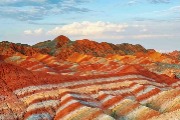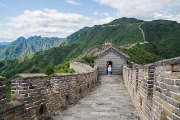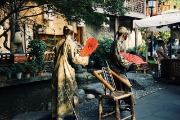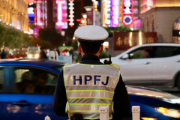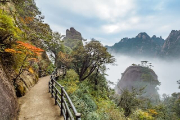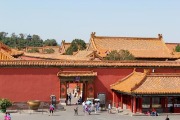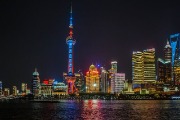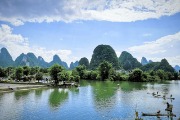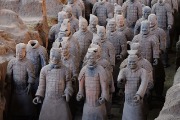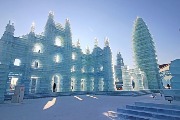When is the Best Time to Visit China?
Be Sure to Read This Article Before Traveling to China.
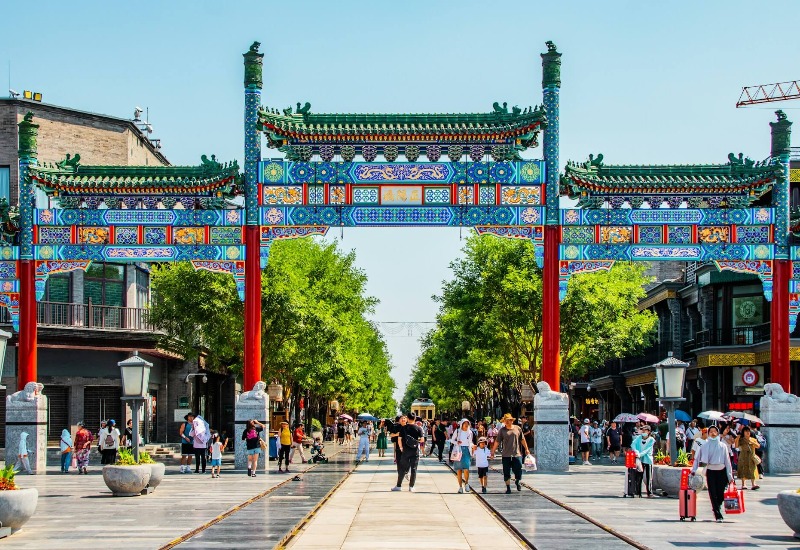
If you’re planning a trip to China, you definitely don’t want to visit during peak tourist season, when the attractions are crowded. You also don’t want to deal with bad weather, like rain every day or constant 40°C (104°F) heat. So, let’s break down the best time to visit China by looking at three things: tourist crowds, weather, and which cities are best to visit each month.
Table of Contents
Best Time to Visit China Based on Tourist Crowds
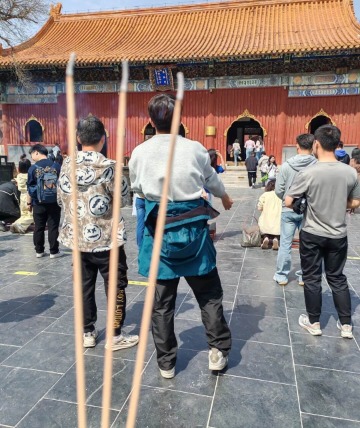
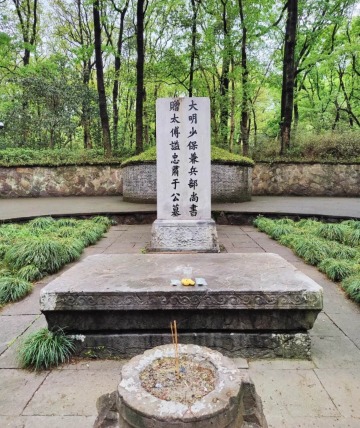
Qingming Festival (清明节)
Qingming Festival is one of China’s major traditional holidays, alongside Chinese New Year, Dragon Boat Festival, and Mid-Autumn Festival. It falls on April 4th each year, usually with a three-day holiday.
Qingming is an important festival for honoring ancestors. People go to the mountains to visit graves and pay respects to their deceased loved ones. Many people who work away from home return to their hometowns to participate in these rituals. Besides paying tribute, people also take the chance to go outdoors, enjoy the spring weather, and appreciate nature. However, because the holiday is just three days long, most people only take short trips around nearby cities.
Since many people are traveling or returning home, it’s very hard to get high-speed train or regular train tickets, and highways are often congested. So, I’d recommend avoiding this period if you’re planning to visit China.
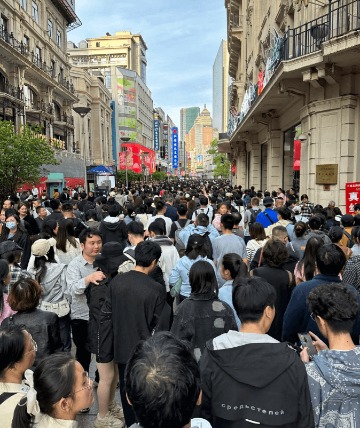
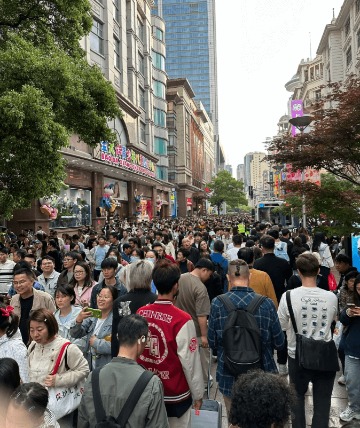
Labor Day (劳动节)
Labor Day falls on May 1st every year and is the longest holiday in the first half of the year, usually lasting 5-7 days.
During this holiday, train tickets in China are nearly impossible to get—often selling out in seconds after they’re released. It’s not just trains; flights and bus tickets also see a huge price hike. If you visit China during Labor Day, you’ll find highways packed with cars, and traffic jams can last for up to 8 hours. On top of that, hotel prices can triple, and every popular tourist spot will be packed with people.
I strongly suggest avoiding China during Labor Day. You’ll hardly see any of the sights, just a sea of people wherever you look. Even locals complain about the travel experience and usually try to avoid going anywhere during this time.
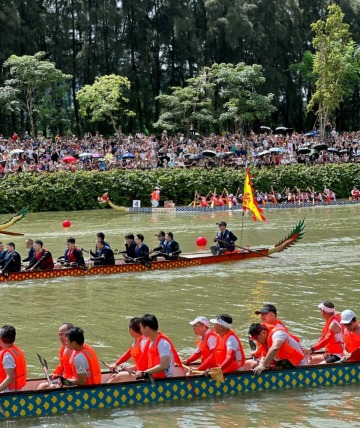
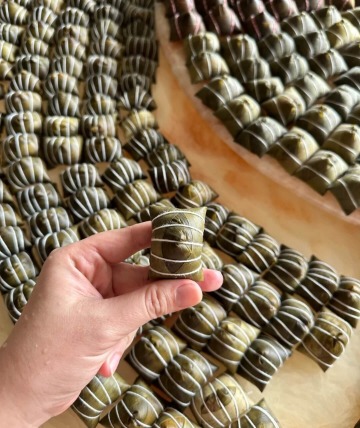
Dragon Boat Festival (Duanwu Festival) (端午节)
The Dragon Boat Festival falls on the 5th day of the 5th month of the lunar calendar (we’ve already converted it to a common date in the table), and it typically lasts for 3 days.
This festival has been celebrated for over 2,000 years and is linked to the famous historical figure Qu Yuan. He was a poet from the Warring States period (475 BCE–221 BCE) who tragically drowned himself in the river on this day. To honor him, locals rowed boats on the river and threw rice dumplings into the water, hoping to feed the fish and prevent them from disturbing Qu Yuan’s body. This tradition evolved into the dragon boat races and eating zongzi (sticky rice dumplings).
Today, during the Dragon Boat Festival, you’ll find dragon boat races and various parades all over China. People also enjoy tasting different flavors of zongzi. While these activities are a lot of fun, they can also be very crowded, as many people go out to join in the celebrations.
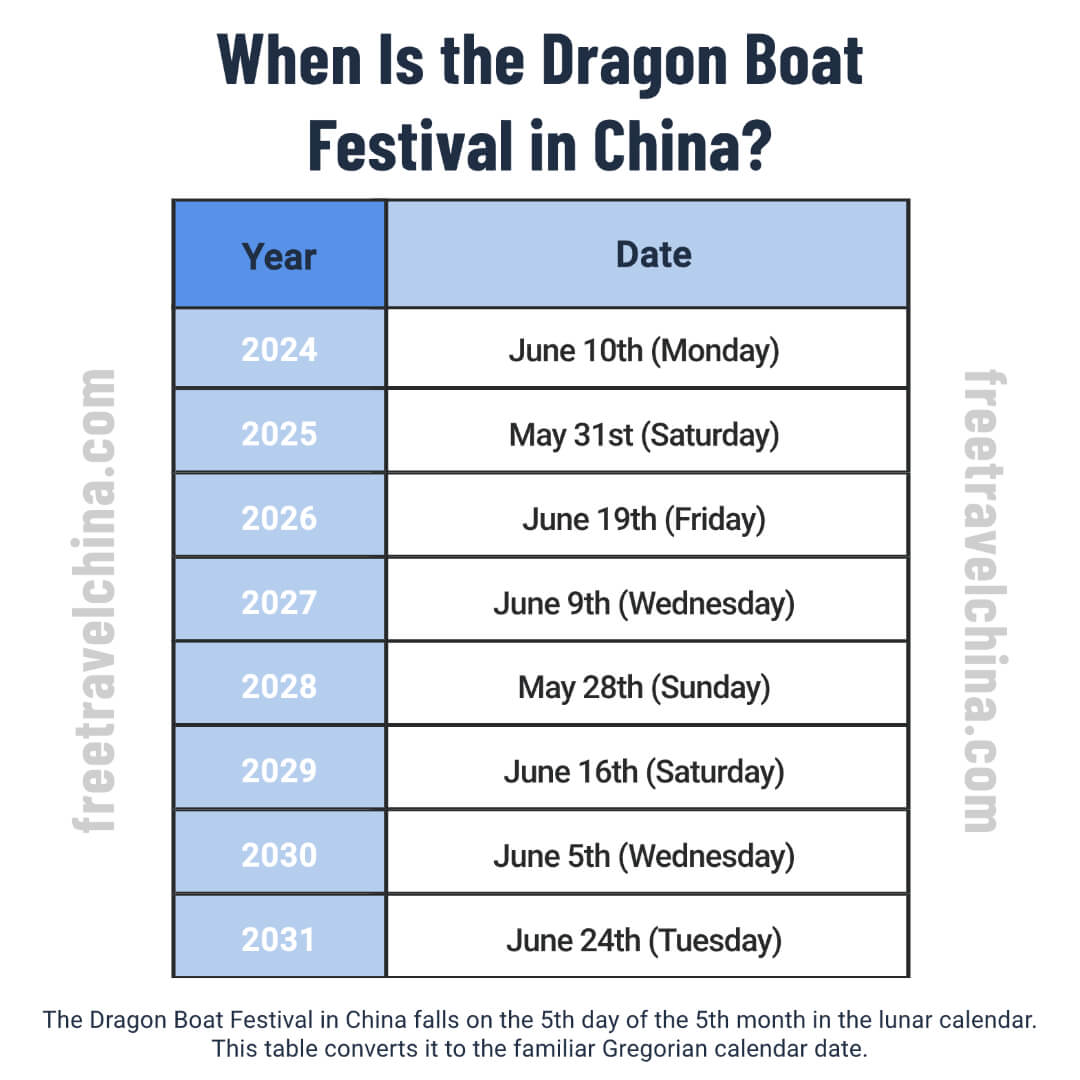
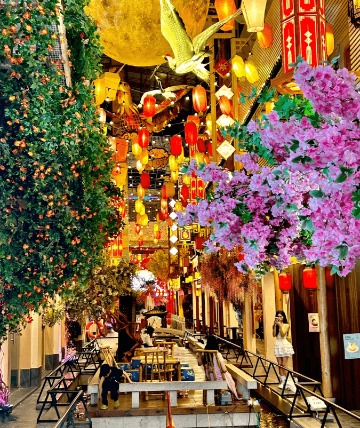
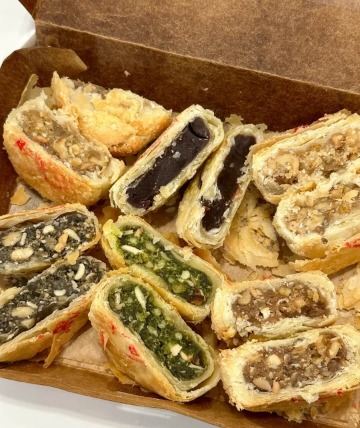
Mid-Autumn Festival (Zhongqiu Festival) (中秋节)
The Mid-Autumn Festival falls on the 15th day of the 8th month of the lunar calendar (we’ve already converted it to a common date in the table), and it usually lasts for 3 days.
This holiday is all about family reunions. Chinese people return home to celebrate with their loved ones. So, just like during Qingming Festival, it can be very difficult to get high-speed train or regular train tickets, and highways are often jam-packed with traffic.
On Mid-Autumn night, families gather to eat mooncakes and admire the full moon (which is said to be the roundest of the year). There are also many cultural events across China, like Mid-Autumn galas, poetry readings, and parades, making it a lively and festive time. Of course, if you don’t mind crowded streets and want to experience the unique cultural atmosphere of the holiday, this could be a good time to visit China.
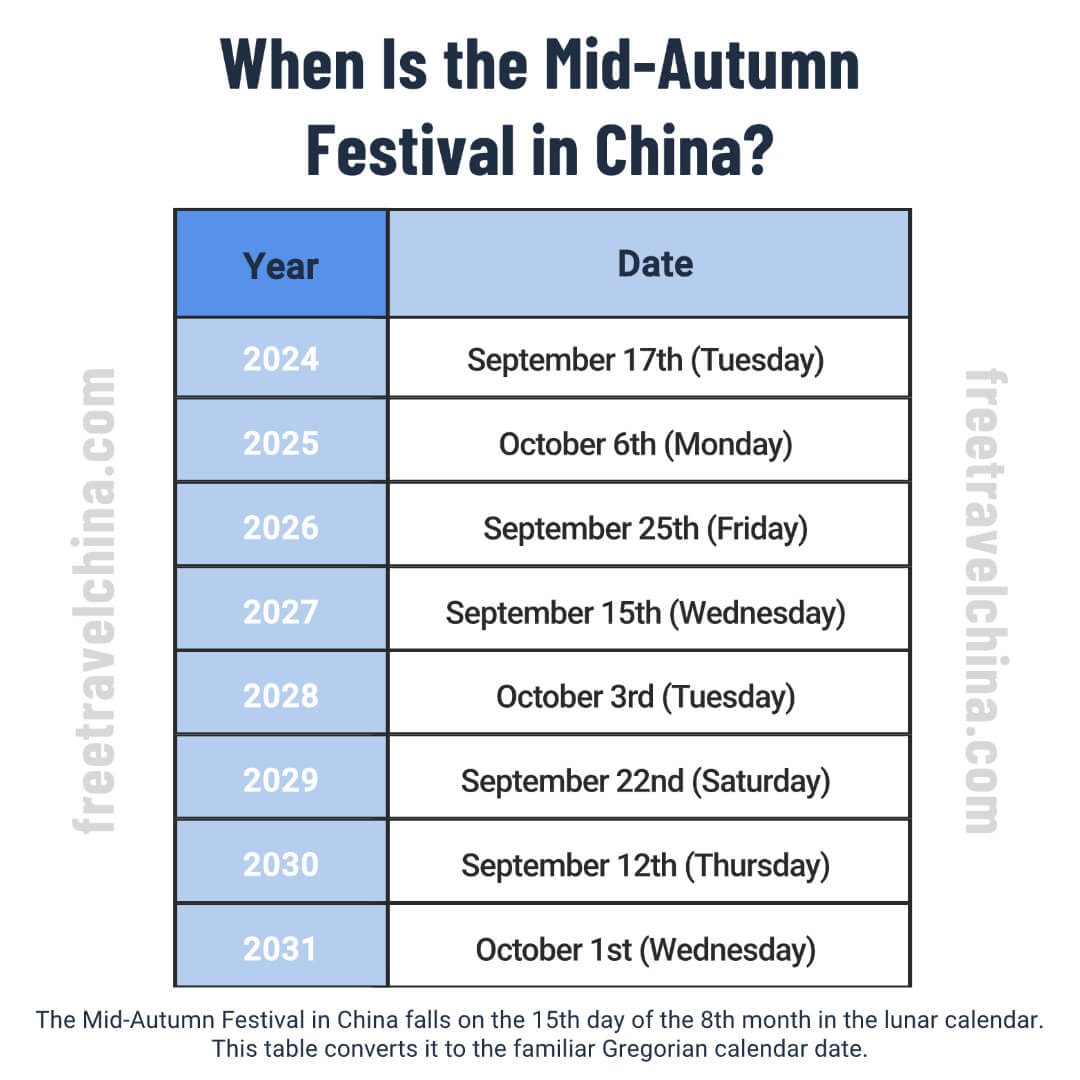
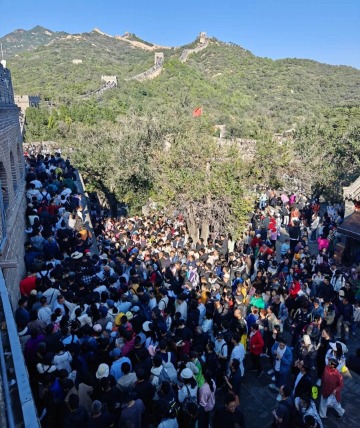
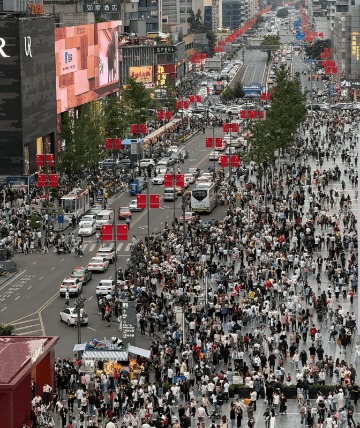
China's National Day (Guoqing Festival) (国庆节)
China’s National Day is on October 1st each year, marking the founding of the People’s Republic of China. The holiday typically lasts for 7 days, and since autumn is a great time to travel, it becomes the busiest holiday for tourists. Because of this, it’s definitely not the best time to go to China.
In 2024, there were 765 million domestic trips taken during National Day, and tourist attractions across the country were packed. In some places, crowds were so overwhelming that certain attractions even had to close temporarily due to too many visitors. So, no matter what, make sure to avoid visiting China during National Day.
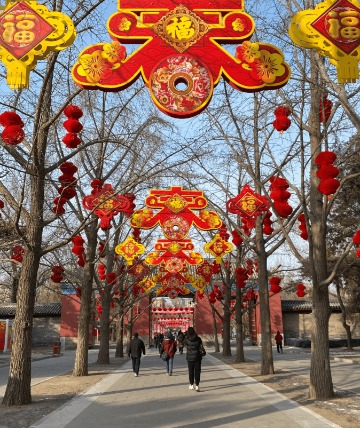
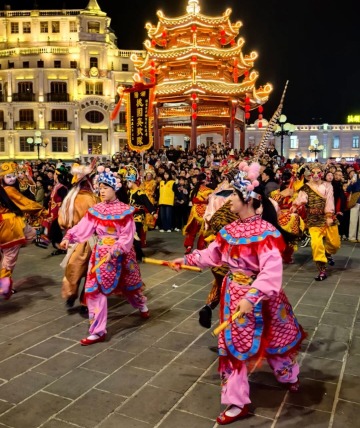
Chinese New Year (Spring Festival) (中国新年/春节)
Chinese New Year falls on the first day of the lunar calendar (we’ve already converted it to a common date in the table) and typically lasts for 8 days. It’s the most important holiday for Chinese people, similar to how Christmas is for Western countries. You’ll see Chinese decorations and festivities everywhere, making it a vibrant and exciting time to be in the country.
However, because nearly every Chinese person travels home during this time, train tickets are extremely hard to get, and traffic on the roads is bound to be a nightmare. Plus, most tourist attractions across the country close for the holiday and won’t accept visitors. So, Chinese New Year is not a good time to visit China.
But if you’re interested in experiencing the festive atmosphere of the holiday, I recommend arriving in China about a week before the New Year and settling in a city of your choice. You can then spend the Chinese New Year in that city, soaking up the local traditions and celebrations.
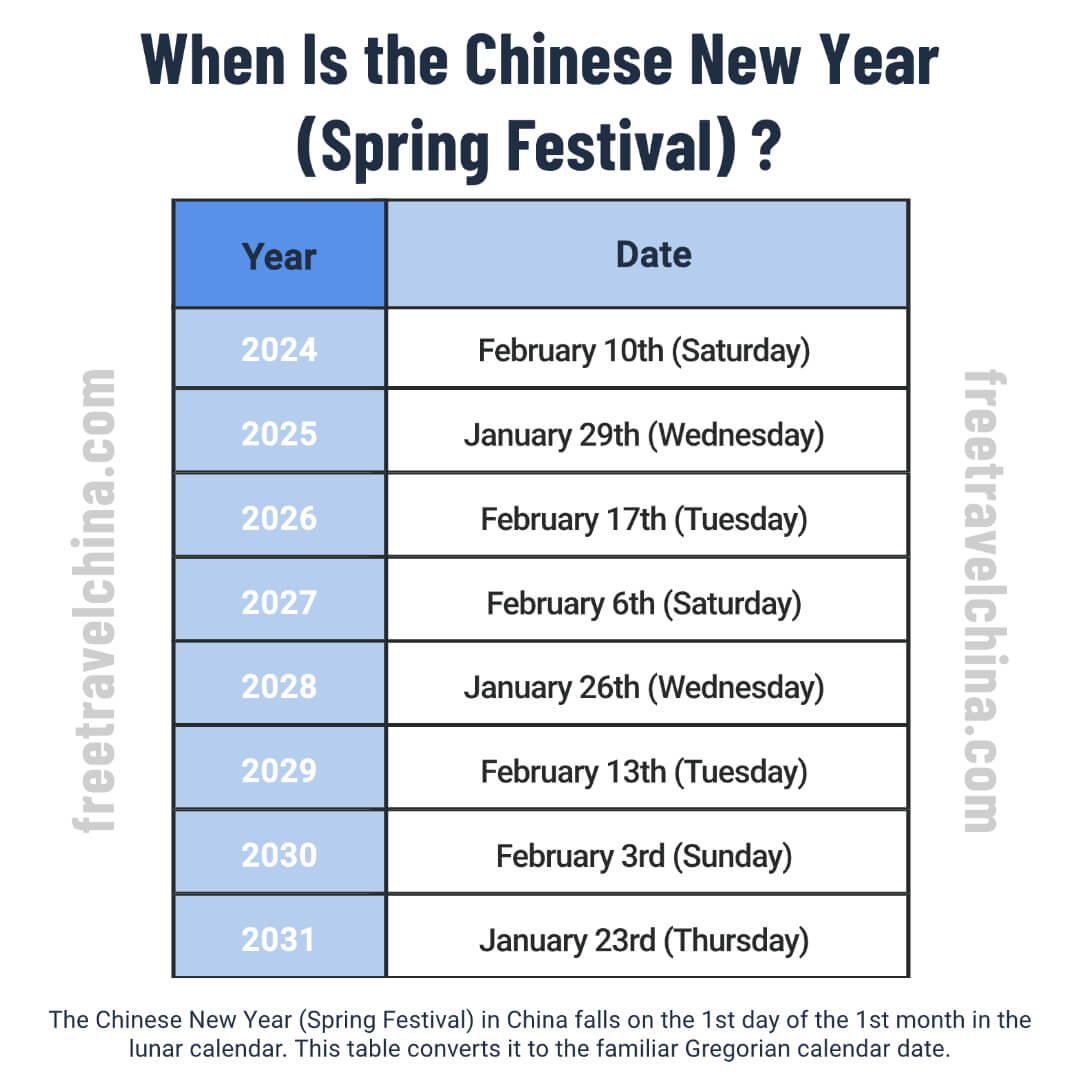
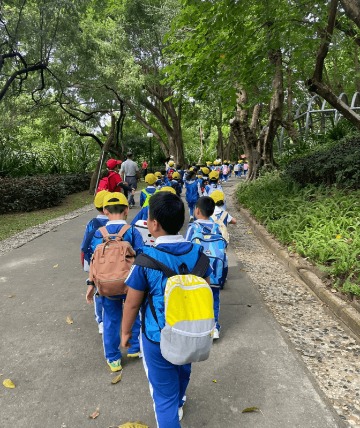
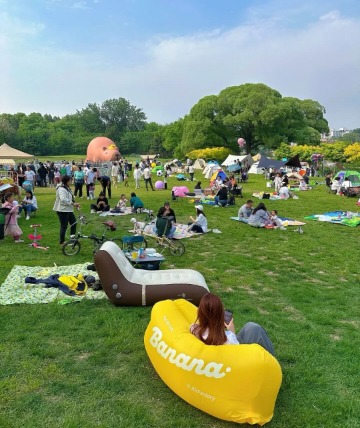
China’s School Holidays (中国学校假期)
In China, there are two main school holidays: summer vacation and winter vacation. Summer break usually starts in early to mid-July and lasts for about 6-8 weeks, ending at the end of August. Winter break typically starts in January or February and lasts around 4-6 weeks.
During these two holidays, many Chinese students travel or go on family trips, especially with museums seeing a huge increase in bookings. If you plan to visit China during these times, be sure to book your attraction tickets in advance to avoid them selling out.
Best Time to Visit China Based on Weather
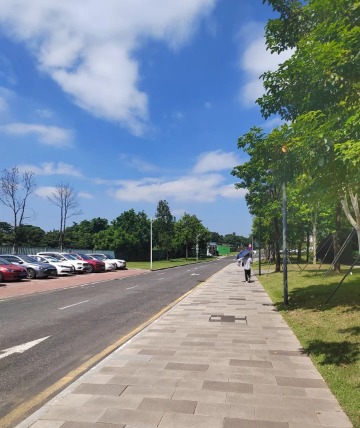
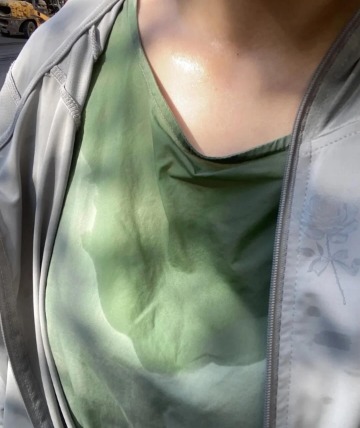
Hot Weather (高温天气)
The hottest months in China are from June to September, with July and August being the peak of the heat. Summer temperatures typically hover around 30°C, but can climb as high as 43-44°C. The temperature doesn’t drop much in the evenings, so it’s hot both day and night.
Some cities, like Chongqing, Fuzhou, Hangzhou, Nanchang, Changsha, Chengdu, and Wuhan, often experience summer temperatures above 35°C. These cities are so hot in summer that they’re called “furnace cities.”
So, if you’re not a fan of the heat, July and August are definitely not the best time to visit China.
Also, keep in mind that the southern parts of China not only get super hot but also have high humidity. This “sweltering heat” makes it feel even hotter and more uncomfortable. You might find yourself wishing you could just stay inside in air conditioning rather than stepping outside!
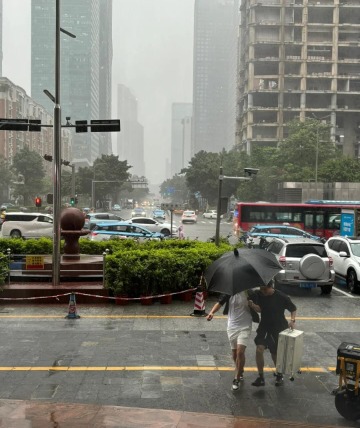
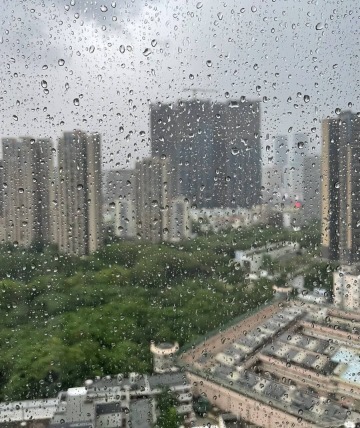
Rainy Season (雨季)
The rainy season in China varies between the north and south, and also from the east to the west. But in general, the heaviest rainfall occurs in July and August, with the southern regions getting the most rain.
In the south, provinces like Guangdong, Hainan, Taiwan, Yunnan, and Fujian see the highest rainfall. The north, on the other hand, tends to get less rain compared to the south.


Typhoons (台风)
Typhoon season in China mainly happens during the summer and fall. From July to September, it’s when the most typhoons form and make landfall. Guangdong is the province that gets hit by the most typhoons, averaging about 25.1 typhoons a year.
However, typhoons mostly affect the eastern and southern coastal areas of China. Inland cities like Chongqing, Chengdu, and Changsha generally don’t experience typhoons.
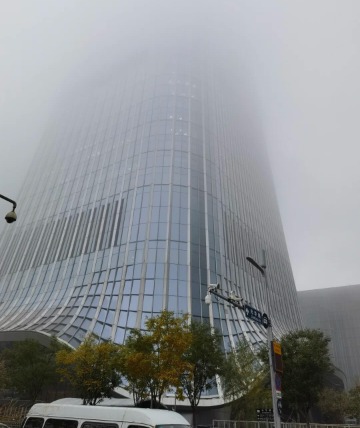
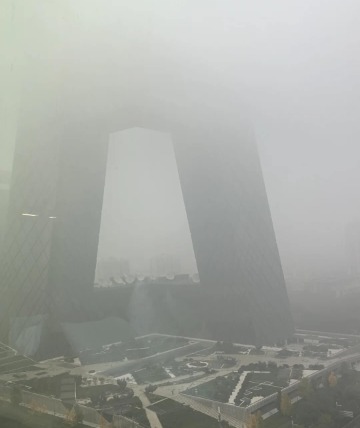
Air Pollution (空气污染)
Winter is the worst time for air pollution in China, especially in the northern regions. This is mainly due to the heavy use of coal for heating during the winter season, which leads to higher emissions. Plus, the cold, dry weather makes it harder for pollutants to disperse.
If you’re sensitive to air quality, winter is definitely not the best time to visit northern China.
Best Cities to Visit in China by Month
Average Temperature in Southern China: 55.6°F (e.g., Shanghai 41°F to 50°F, Guangzhou 50°F to 63°F)
Average Temperature in Northern China: 0°F (e.g., Beijing 19°F to 36°F, Harbin -11°F to 9°F)

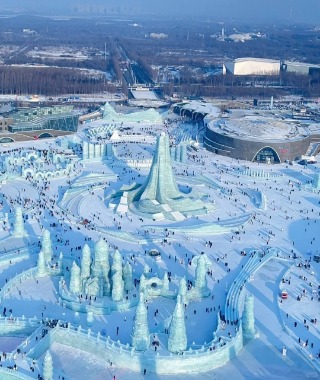
Undoubtedly the most popular city for travelers on Chinese social media in January. Known as the “Ice and Snow Kingdom,” this is the best time to see ice and snow sculptures. The Ice and Snow World, Snow Sculpture Expo, and the Ice Lantern Festival on Central Street are must-see spots. The ice sculptures, lit up at night, create a fairy-tale atmosphere.
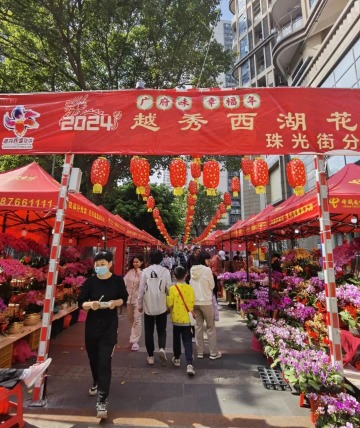
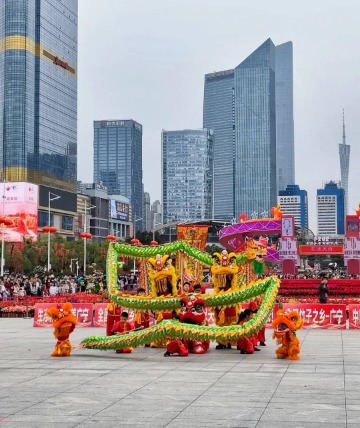
Sanya (三亚)
In stark contrast to the cold of Harbin, Sanya offers tropical beach vibes. Often called China’s Hawaii, it rivals places like Bali and the Maldives in scenery, service, and experiences. Many people from northern China head to Sanya to escape the winter chill. Yalong Bay, Tianya Haijiao, and Wuzhizhou Island are perfect spots for sunshine, sandy beaches, and warm sea water.
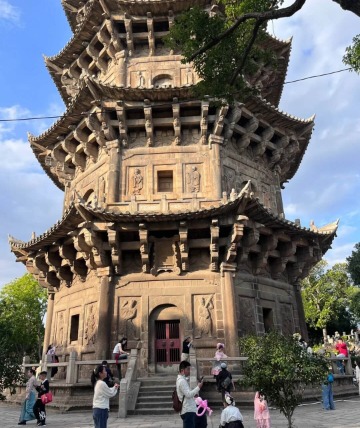
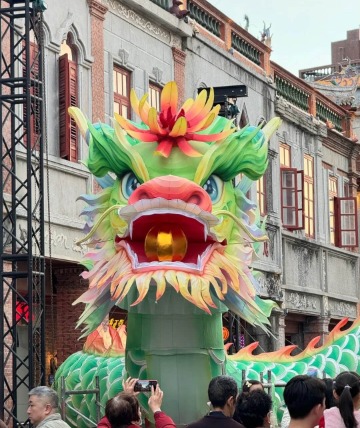
Changbai Mountain (长白山)
Located in the southeastern part of Jilin province, near North Korea, Changbai Mountain is a paradise for skiing enthusiasts in January. There are plenty of snow activities here like snowmobiles, sledding, frost forest hikes, and even snow hotpot experiences. Besides skiing, the area also offers many hot spring resorts, where you can soak in warm waters while enjoying the snowy mountain views.
Average Temperature in Southern China: 45.5°F (e.g., Shanghai 36°F to 48°F, Guangzhou 59°F to 63°F)
Average Temperature in Northern China: 28.6°F (e.g., Beijing 23°F to 45°F, Harbin -6°F to 18°F)

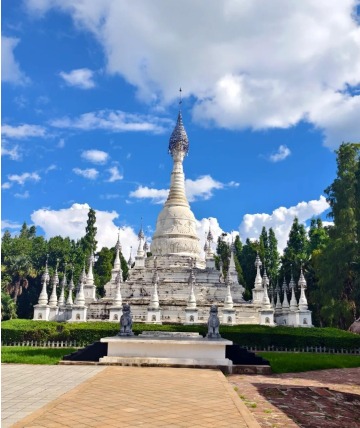
Kunming (昆明)
While it’s still cold in most of China during February, Kunming is known for its “spring-like” climate year-round. Daytime temperatures typically range from 59°F to 72°F. You can visit the “Stone Forest,” a massive and unique limestone karst formation that’s a UNESCO World Heritage site. Besides the Stone Forest, you can also check out the Yunnan Ethnic Village, which showcases the traditional cultures and customs of the 26 ethnic groups in Yunnan. The village features local architecture, clothing, crafts, music, dance, and delicious food, giving you a vibrant look at the area’s rich cultural diversity.


Guangzhou (广州)
Chinese New Year often falls in January or February, and during these months, Guangzhou is full of festive energy. You can enjoy the flower parade, fireworks, and bustling markets. Guangzhou is also known as China’s food capital, offering a variety of cuisines like dim sum, Cantonese dishes, and street food. It’s a great place to dive into authentic Cantonese food.


Quanzhou (泉州)
In February, Quanzhou’s temperature ranges from 43°F to 72°F, making it a perfect spot for travel. Known as the “World Religious Museum,” Quanzhou is famous for its unique religious architecture and diverse cultural influences. The city is dotted with temples, churches, and statues of Chinese deities, making it a great place to explore China’s folk beliefs and traditions.
I think this is one of the best time to go to China.
Average Temperature in Southern China: 64.4°F (e.g., Shanghai 50°F to 61°F, Guangzhou 64°F to 68°F)
Average Temperature in Northern China: 41°F (e.g., Beijing 37°F to 50°F, Harbin 14°F to 36°F)
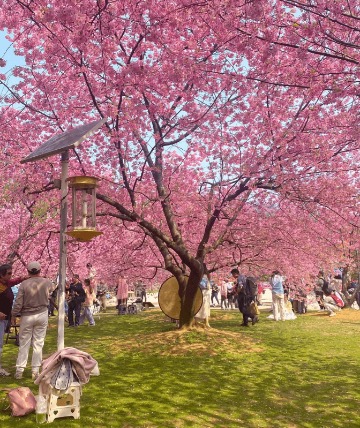
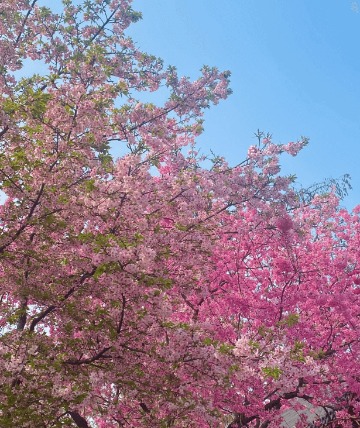
Wuhan (武汉)
March is the peak season for cherry blossoms in Wuhan, especially at East Lake Cherry Blossom Garden and Wuhan University Cherry Blossom Garden, both of which are the best spots to enjoy the blooms. East Lake has thousands of cherry trees, while Wuhan University is famous for its variety of cherry blossoms and beautiful campus. Wuhan is also a food lover’s paradise, where you can try local specialties like hot dry noodles, tofu skin, and lotus root cakes.
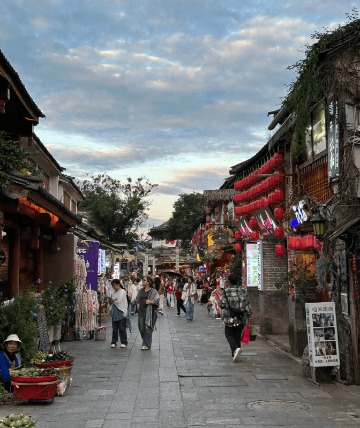
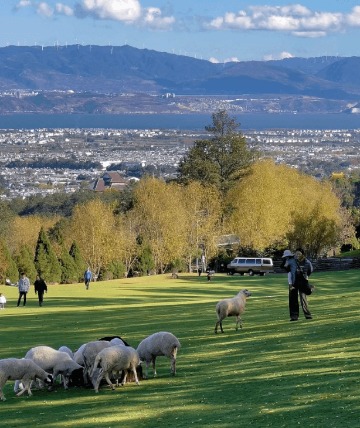
Dali (大理)
March in Dali brings warm and pleasant weather, with temperatures ranging from 45°F to 68°F. This is when the flowers are in full bloom around Dali Ancient Town. Walking through the narrow streets, you’ll feel like you’re in a sea of flowers. The beautiful Erhai Lake is perfect for outdoor activities like strolling along the shore, cycling around the lake, or taking a boat ride.
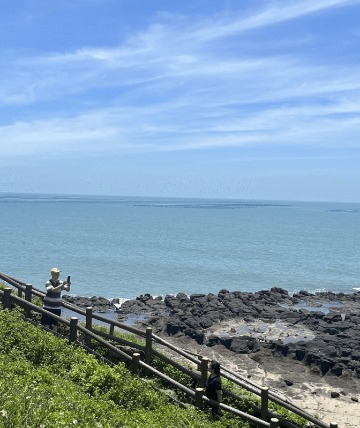
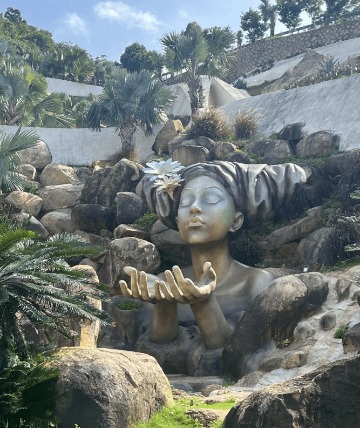
Zhangzhou (漳州)
Dongshan Island is a popular destination in Zhangzhou during March. Major attractions include the sunrise and sunset at Jinluan Bay, water sports at Maluan Bay, beach snacks at Nanmen Bay, and island cycling around Sufeng Mountain. Besides the island, you can also visit Zhangzhou Ancient City to learn about the local Minnan culture in southern China.
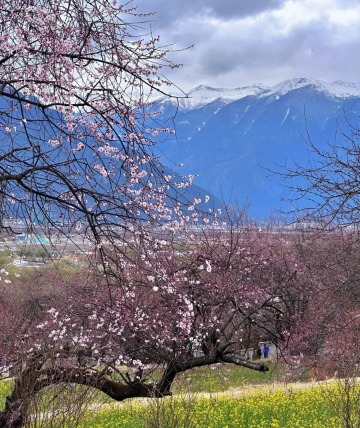
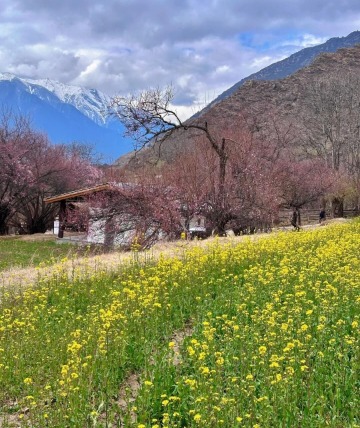
Nyingchi, Tibet (灵芝)
March is the best time to see flowers in bloom in Nyingchi, with peach blossoms and rapeseed flowers creating stunning landscapes. In addition to the flowers, Nyingchi also offers famous sights like the Yarlung Tsangpo Grand Canyon, Namcha Barwa Peak, Lulang Forest, and Basum Lake. The Yarlung Tsangpo Grand Canyon is known as “the last Shangri-La,” while Namcha Barwa Peak, ranked 15th in the world in elevation, is considered one of the most beautiful snow-capped mountains in China by China National Geography.
I think this is one of the best times to visit China.
Average Temperature in Southern China: 75.2°F (e.g., Shanghai 59°F to 66°F, Guangzhou 66°F to 79°F)
Average Temperature in Northern China: 60.8°F (e.g., Beijing 46°F to 72°F, Harbin 34°F to 55°F)
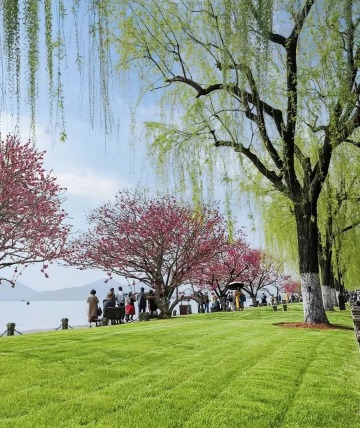
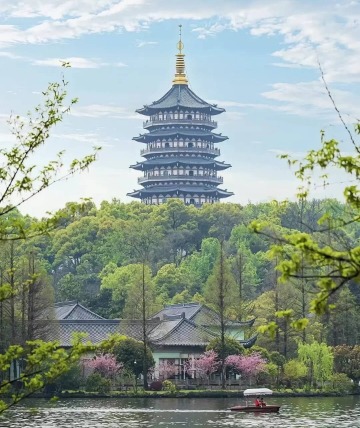
Hangzhou (杭州)
April is the best time for flower viewing in Hangzhou, with peach blossoms and cherry blossoms in full bloom along the West Lake. West Lake is the iconic landmark of the city—you can take a boat ride on the lake or enjoy a cup of Longjing tea at a lakeside tea house. After exploring West Lake, you can visit the famous Lingyin Temple, a historic Buddhist temple in Southeast China, where you can experience Chinese Buddhist culture and taste vegetarian dishes.
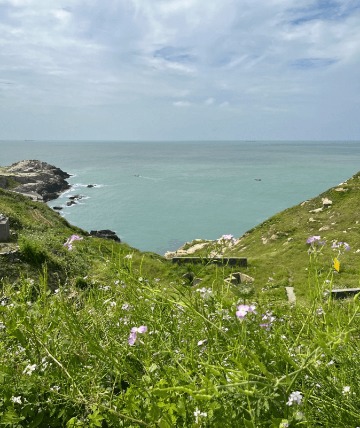
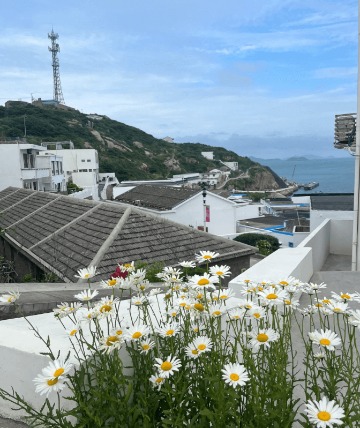
Flower and Bird Island (花鸟岛)
Known as the “Santorini of the East,” Flower and Bird Island is shrouded in mist year-round. Its blue sea, white sandy beaches, lush greenery, and colorful wildflowers create a beautiful landscape. The island is also famous for its fresh and delicious seafood. You can try local dishes like stir-fried crab with rice cakes, small seafood delicacies, scallops, and braised pork.
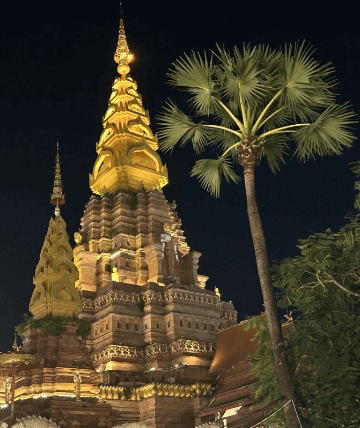
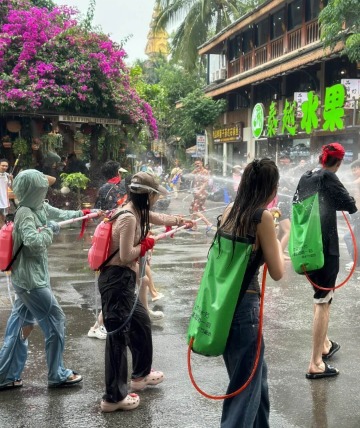
Xishuangbanna (西双版纳)
In April, the tropical rainforests of Xishuangbanna are lush and vibrant, with moderate rainfall making it ideal for rainforest exploration. You can walk along the rainforest trails and admire rare plants and wildlife, such as the “Sky Tree,” elephants, and green peacocks. April is also the time for the Water Splashing Festival (April 12–15), one of the grandest traditional festivals of the Dai people. You can join in the water-splashing activities, enjoy ethnic performances, and taste Dai cuisine.
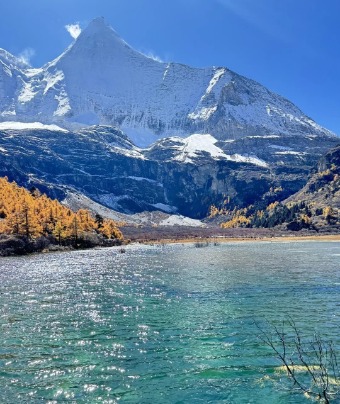
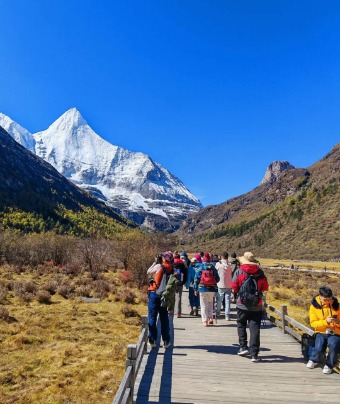
Daocheng Yading (稻城亚丁)
In April, the snow in Daocheng Yading has not fully melted, creating a unique blend of snow-capped peaks and spring scenery. This is an excellent time for outdoor activities like camping, hiking, photography, and cycling, allowing you to enjoy the stunning natural landscapes and experience the serenity of the Tibetan plateau.
Average Temperature in Southern China: 78.8°F (e.g., Shanghai 61°F to 77°F, Guangzhou 73°F to 86°F)
Average Temperature in Northern China: 73.4°F (e.g., Beijing 57°F to 79°F, Harbin 46°F to 70°F)
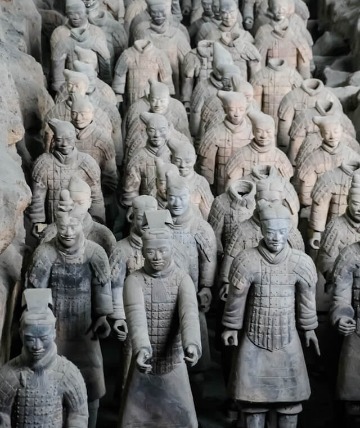
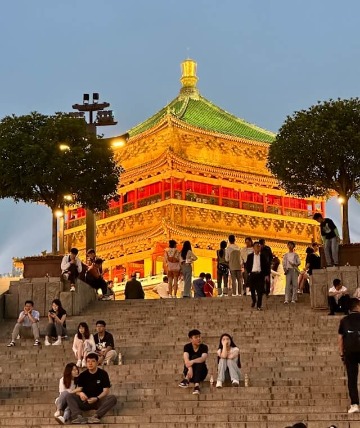
Xi’an is one of the cities with the most dynasties that have made it their capital throughout history. You can visit iconic historical sites like the Terracotta Army, Big Wild Goose Pagoda, and Bell Tower, and experience the deep history of this ancient capital. Don’t miss out on Xian’s famous local food, such as roujiamo (Chinese hamburger), yangrou paomo (lamb noodle soup), and liangpi (cold noodles). These dishes are not just tasty but also carry a rich historical and cultural significance.
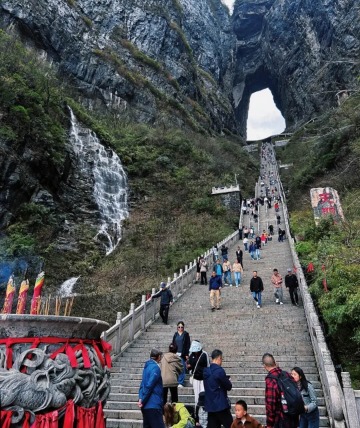
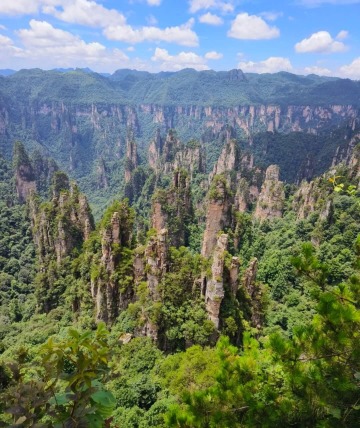
May is one of the best times to visit Zhangjiajie, as it’s early spring, with pleasant temperatures and lush green vegetation. It’s a great time to avoid the summer heat and winter cold, ensuring a comfortable travel experience. Moreover, April is the off-season, so fewer tourists mean you can enjoy the stunning natural beauty of the area without the large crowds or long lines.
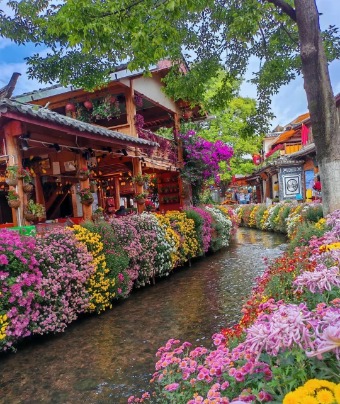
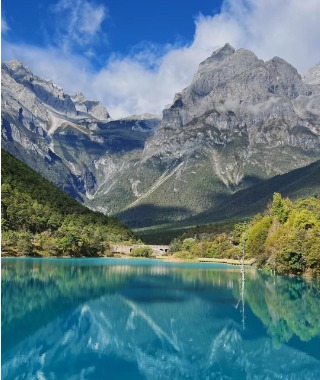
Lijiang (丽江)
May is one of the best months to visit Lijiang’s Jade Dragon Snow Mountain, as the snow hasn’t completely melted, offering breathtaking snowy views. You can also visit nearby spots like White Water River, Blue Moon Valley, and Haoniuping. Lijiang is also home to the Naxi ethnic group, and you can wander through the ancient Lijiang Old Town, admire the traditional architecture, and experience the unique Naxi culture and lifestyle.
Average Temperature in Southern China: 81.5°F (e.g., Shanghai 69°F to 82°F, Guangzhou 77°F to 88°F)
Average Temperature in Northern China: 73.4°F (e.g., Beijing 66°F to 86°F, Harbin 59°F to 79°F)
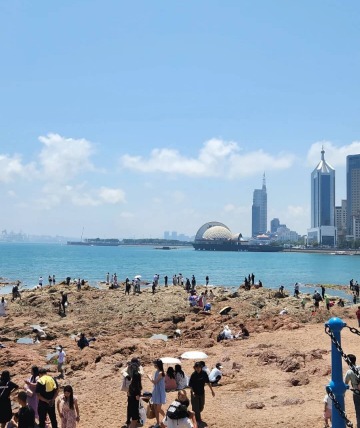
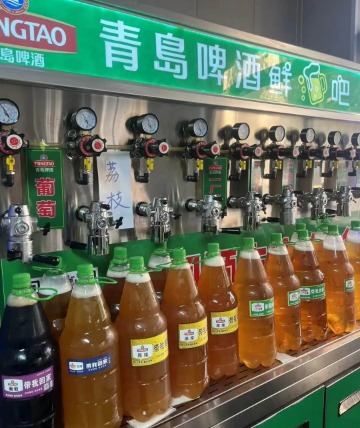
Qingdao (青岛)
The weather in Qingdao in June is cool and pleasant, making it ideal for strolling along the beach, swimming, and enjoying the seaside views. Qingdao is famous for its fresh seafood and iconic Tsingtao beer. You can enjoy delicious seafood paired with the authentic Tsingtao beer. The city is also known as the “Eastern Switzerland,” with its signature red-tiled roofs, green trees, blue skies, and turquoise sea, resembling Swiss cities like Geneva.
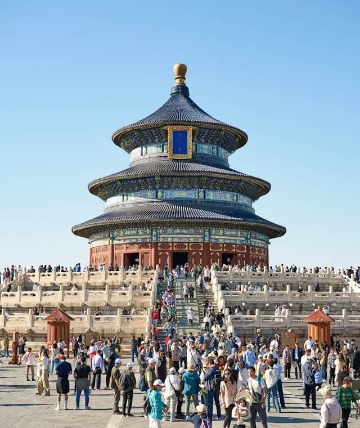
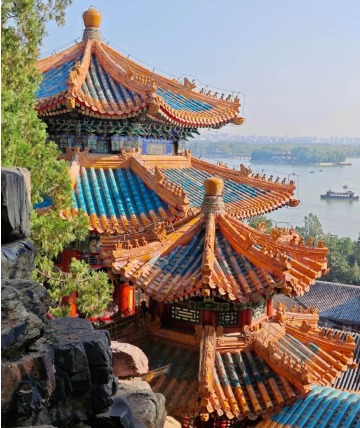
June is not the peak tourist season in Beijing, so the crowds are relatively smaller, and you can avoid the busy tourist rush. With fewer tourists, it’s easier to book reservations for popular attractions like the Forbidden City, Tiananmen Square, and the Great Wall. You can leisurely visit Beijing’s iconic landmarks like the Forbidden City, Summer Palace, Temple of Heaven, Tiananmen Square, and the Great Wall without long lines or large crowds.

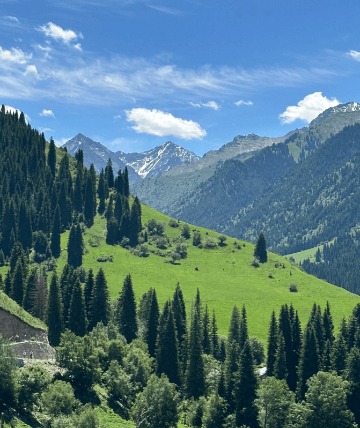
Xinjiang (新疆)
June marks the beginning of summer in Xinjiang, and the natural landscapes are in their prime. Lakes like Kanas Lake and Sayram Lake are sparkling and surrounded by stunning mountain views. The lush grasslands of Nalati and Gongnaisi are perfect for enjoying the beauty of the steppe. June is also a time for significant cultural events in Xinjiang, such as the Silk Road Choral Festival. You can participate in traditional activities like horse racing and “catching the sheep” (a traditional Kazakh competition) and experience the rich local ethnic culture.
Average Temperature in Southern China: 84.2°F (e.g., Shanghai 77°F to 90°F, Guangzhou 84°F to 90°F)
Average Temperature in Northern China: 80.6°F (e.g., Beijing 75°F to 88°F, Harbin 64°F to 82°F)
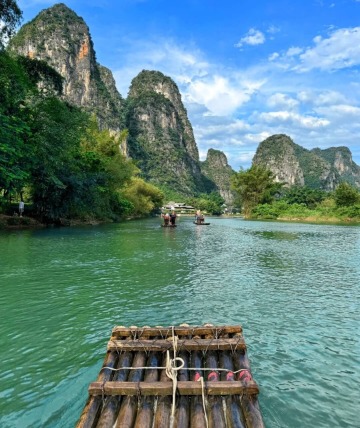
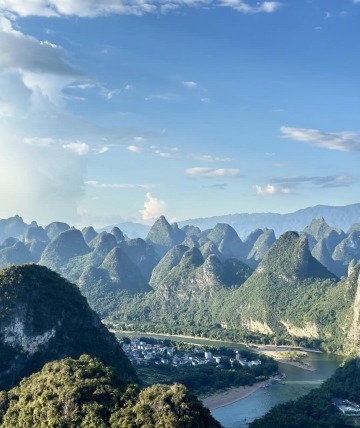
July is one of the best months to visit Guilin, as the weather is warm but not overly hot, making it ideal for sightseeing. The natural scenery in places like Yangshuo, Li River, Yulong River, and Xianggong Mountain is stunning. The bamboo raft rides on the Li River and Yulong River offer a “floating in a painting” experience. Don’t miss the chance to try local specialties like Guilin rice noodles, bamboo chicken, and sticky rice, all of which are delicious and unique to the region.
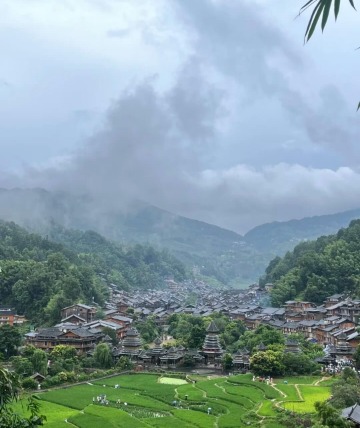
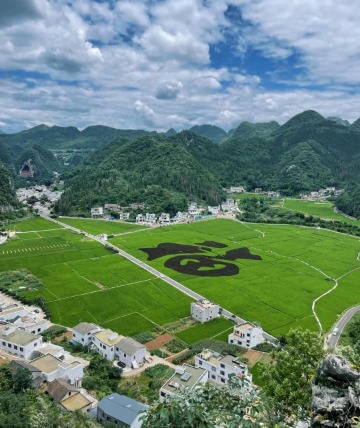
Guizhou (贵州)
While much of China is sweltering in July, Guizhou remains a cool and refreshing escape, with average temperatures between 68°F and 77°F. It’s an ideal summer destination. Guizhou is home to several natural wonders, such as the Huangguoshu Waterfall (the largest waterfall in Asia), Dragon Palace (a famous karst cave), and Xiaoqikong (known for its pristine forest and clear streams), all perfect for hiking and photography. Be sure to try local dishes like Miao-style sour fish soup, Miao-style pickled fish, Dong-style oil tea, and Miao rice wine, all offering a unique taste and rich cultural flavor.
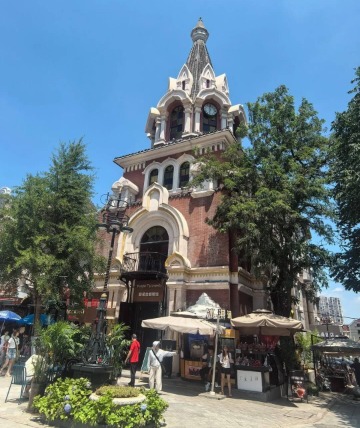
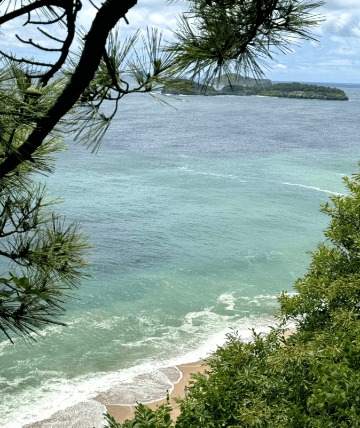
Dalian (大连)
Dalian has a coastline that stretches over 1,180 miles (1,906 kilometers), offering plenty of beautiful beaches and islands. Popular spots like Xinghai Bay and Jinshitan Beach are perfect for swimming and sunbathing, with clean, clear water and soft, white sand. Dalian is also known for its fresh seafood, including sea urchins, scallops, and a variety of fish. Many restaurants offer freshly prepared seafood dishes, ensuring you get the best of the sea.
Average Temperature in Southern China: 86°F (e.g., Shanghai 77°F to 91°F, Guangzhou 84°F to 91°F)
Average Temperature in Northern China: 80.6°F (e.g., Beijing 77°F to 93°F, Harbin 63°F to 81°F)
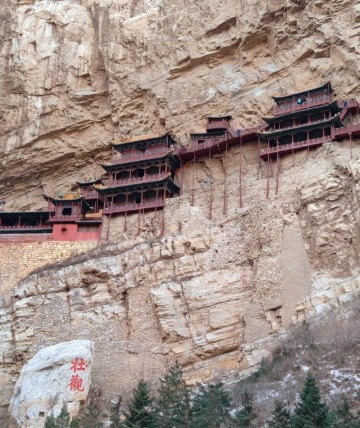
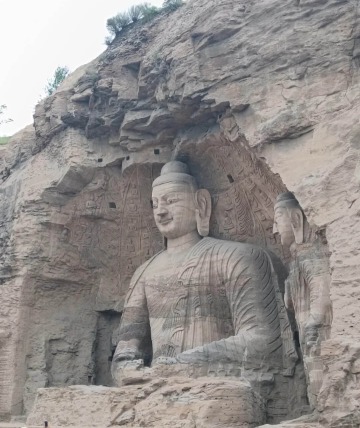
Datong, Shanxi (大同)
Despite the heat of summer, the average temperature in Datong stays around 79°F, making it a cooler getaway. Datong is famous for its historical sites, including the Yungang Grottoes, one of China’s three major cave temples, with a history of over 1,500 years. Other attractions include the Huayan Temple, the most complete Liao Dynasty temple in China, featuring the towering 69-foot (21-meter) Daxiong Hall; the Nine-Dragon Wall, the largest and best-preserved in China; and Heng Mountain, one of the Five Great Mountains of China, known for the famous Hanging Monastery.
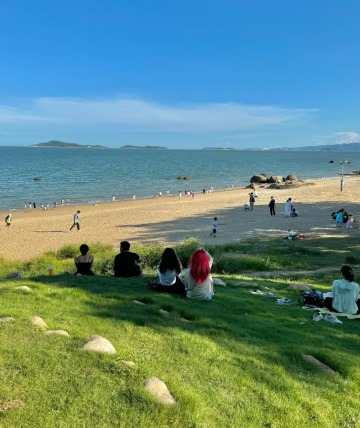
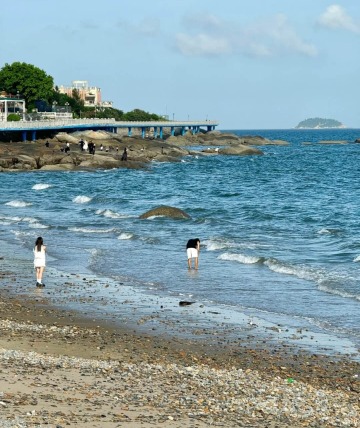
Xiamen (厦门)
The average temperature in Xiamen in August is between 73°F and 84°F, with some hot days. While it can be warm, the coastal breezes help keep it relatively cool, making it perfect for beach activities. You can swim, relax on the beach, or enjoy local delicacies like Shacha noodles, Tusan jelly, and oyster omelets. Xiamen also offers a mix of modern city life and old-world charm, with beautiful coastal views and historical sites like Gulangyu Island.
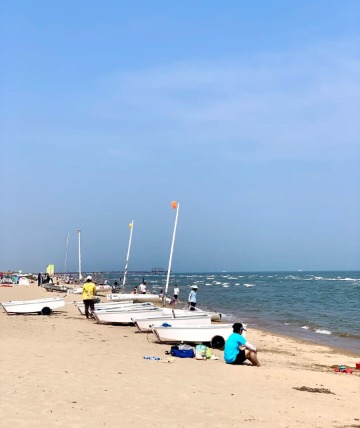
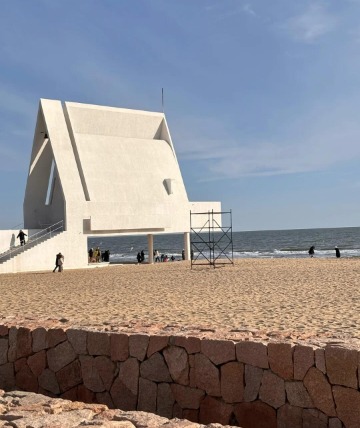
Beidaihe, Hebei (北戴河)
August is peak tourist season in Beidaihe, with a bustling crowd enjoying the cool sea breeze. The water is refreshing, making it an ideal spot for summer vacations and seaside fun. Besides swimming, you can also indulge in various outdoor activities like beach camping or taking a cruise. Beidaihe is famous for its rich seafood, including prawns, crabs, oysters, and noodles fish. You can enjoy these delicacies at beachside restaurants while soaking in the ocean atmosphere.
Average Temperature in Southern China: 82°F (e.g., Shanghai 72°F to 84°F, Guangzhou 77°F to 89°F)
Average Temperature in Northern China: 77°F (e.g., Beijing 59°F to 86°F, Harbin 54°F to 70°F)
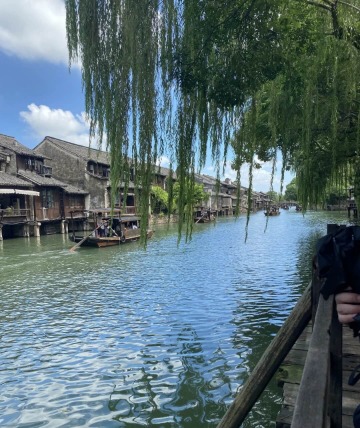

Wuzhen (乌镇)
Wuzhen is a water town with over 6,000 years of history, preserving many ancient buildings from the Ming and Qing Dynasties. September is a great time to visit as the town hosts cultural events like the China International Film and TV Festival and the Wuzhen Theater Festival, attracting many culture enthusiasts. The picturesque waterway views, old stone bridges, and traditional architecture make Wuzhen a charming destination year-round, but these festivals add an extra layer of vibrancy to the experience.
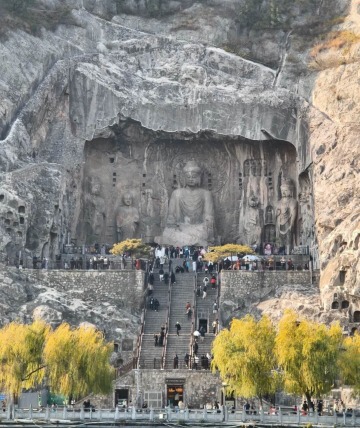
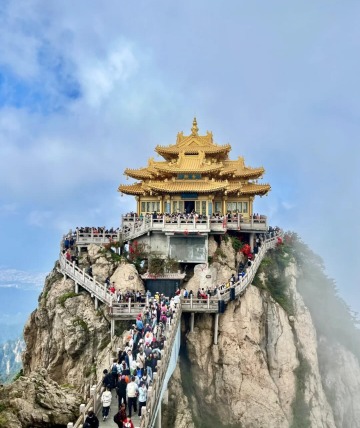
Luoyang (洛阳)
Known as one of the cradles of Chinese civilization, Luoyang has a history that spans over 5,000 years. The city is home to world-renowned historical sites such as the Longmen Grottoes, the White Horse Temple, and the Sui-Tang Luoyang City National Heritage Park. These sites are not only cultural treasures but also UNESCO World Heritage sites, making Luoyang an essential stop for history and culture lovers. September offers a pleasant climate to explore these sites without the heat of summer.
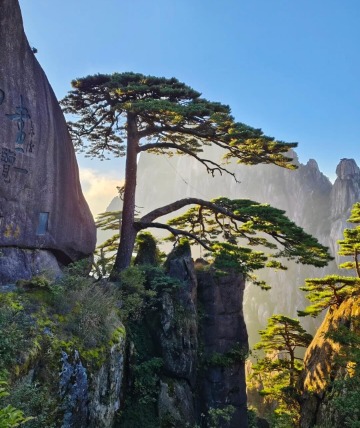
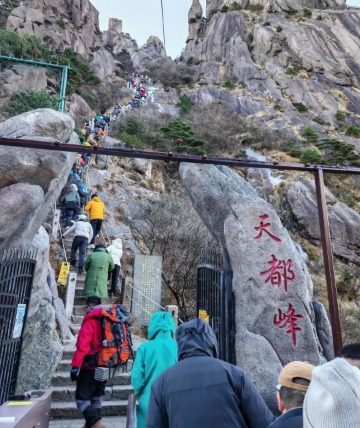
September is one of the best months to visit Yellow Mount, as the weather is mild and the scenery is stunning. From late September to mid-October, the fall foliage begins to turn, with leaves shifting from green to yellow and red, creating a beautiful contrast with the mountain’s strange pines and rocky peaks. The misty mornings and evenings, with sunlight filtering through the trees, make the landscape even more poetic. Yellow Mount’s unique landscape, combined with the crisp autumn air, creates a magical experience for visitors.
I think this is one of the best times to visit China.
Average Temperature in Southern China: 77°F (e.g., Shanghai 59°F to 73°F, Guangzhou 70°F to 82°F)
Average Temperature in Northern China: 61°F (e.g., Beijing 48°F to 66°F, Harbin 34°F to 54°F)

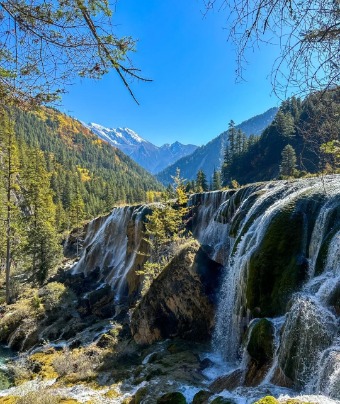
Jiuzhaigou (九寨沟)
October is one of the best times to visit Jiuzhaigou. The leaves turn from green to gold and red, creating a beautiful, colorful valley. The weather is perfect – not too hot like summer and not freezing like winter – so it’s great for outdoor activities and sightseeing. During this time, you can also enjoy cultural events, like traditional Tibetan and Qiang festivals.
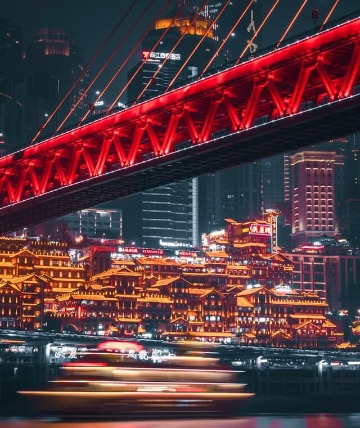
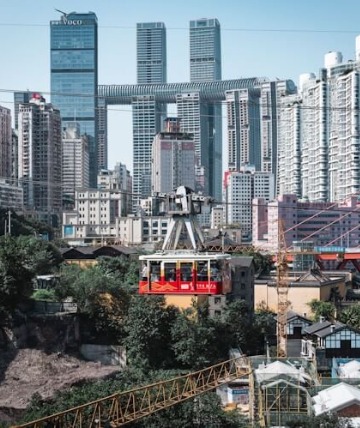
October in Chongqing is a great time to visit. The weather cools down, with temps between 15°C and 25°C – no more of that summer heat! You can explore famous spots like Hongya Cave, Jiefangbei, Ciqikou Ancient Town, and the Dazu Rock Carvings. These places show off the unique charm and history of the city, plus you can dig into some amazing spicy food.
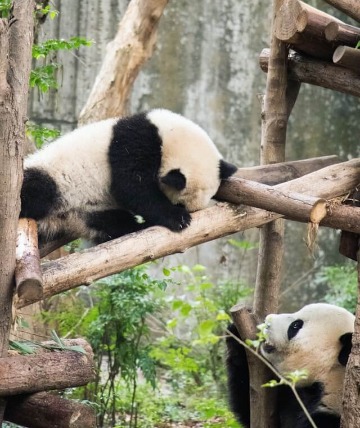
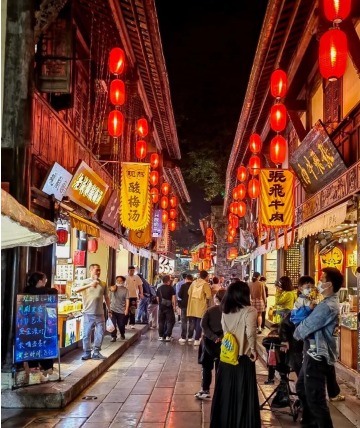
October in Chengdu is packed with cultural events, like food festivals and chrysanthemum exhibitions. Take a stroll through the famous Kuanzhai Alleys or Jinli Street for a taste of old Chengdu’s vibe. You can also visit the Chengdu Panda Base and see hundreds of adorable pandas. And don’t forget, Chengdu is the birthplace of Sichuan cuisine – with hotpot, skewers, dan dan noodles, and more, you’ll definitely want to try it all!
Southern China Average Temp: 16°C (e.g., Shanghai: 9°C to 17°C, Guangzhou: 19°C to 22°C)
Northern China Average Temp: -1°C (e.g., Beijing: 0°C to 10°C, Harbin: -10°C to 0°C)

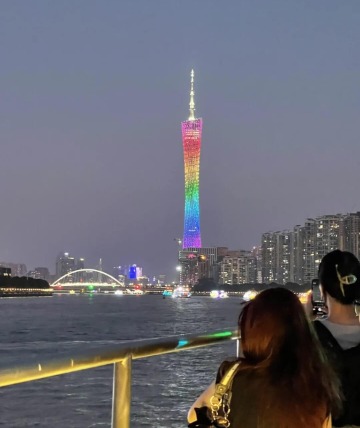
Guangzhou (广州)
November in Guangzhou is warm but not too hot. The city has a ton of attractions, from Baiyun Mountain and the Lotus Mountain tourist area to Chimelong Resort, Canton Tower, and the Pearl River Night Cruise. November is also a great time for cultural events – the city hosts various music festivals and art exhibitions. You’ll find everything from rock to pop to folk music, and the vibe is always lively and full of energy.
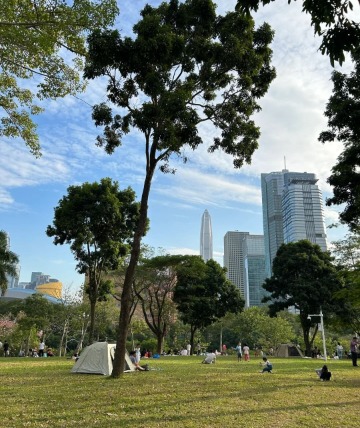
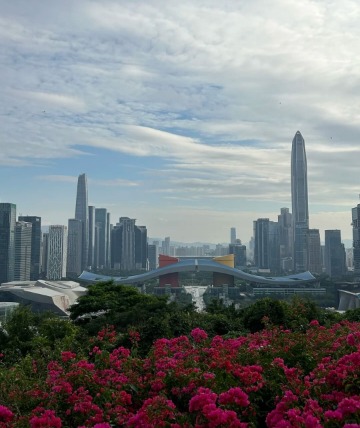
Shenzhen (深圳)
Known as “China’s Silicon Valley,” Shenzhen is the place to see China’s latest tech innovations. It’s also a foodie’s paradise, with a wide range of Cantonese delicacies like dim sum and Chaozhou (Teochew) cuisine. Whether you’re into high-tech or great eats, Shenzhen’s got you covered.
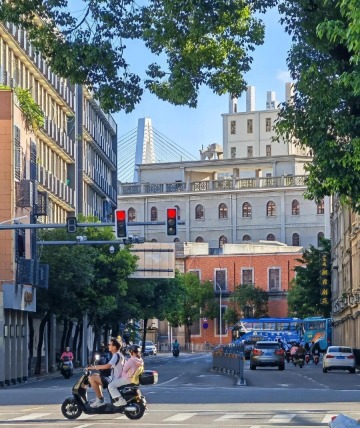
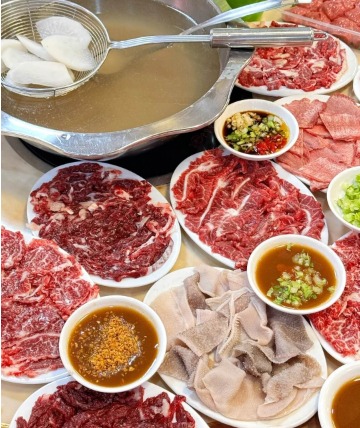
Shantou (汕头)
Shantou is a famous food city, especially known for its beef hotpot and a wide variety of Chaozhou snacks. Many visitors come here just to sample the local food! You can also catch traditional Chaozhou opera performances and get involved in local cultural activities, like the Chaozhou Yingge dance. This traditional dance blends drama, dance, and martial arts – it’s a must-see experience.
Southern China Average Temp: 10°C (e.g., Shanghai: 3°C to 11°C, Guangzhou: 13°C to 16°C)
Northern China Average Temp: -3°C (e.g., Beijing: -7°C to 5°C, Harbin: -20°C to -9°C)
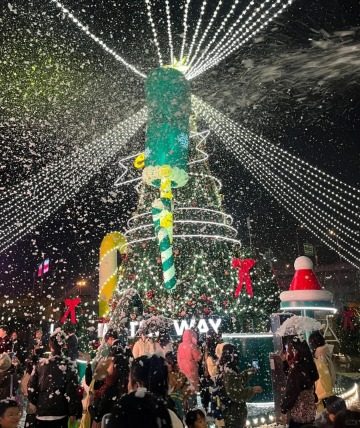
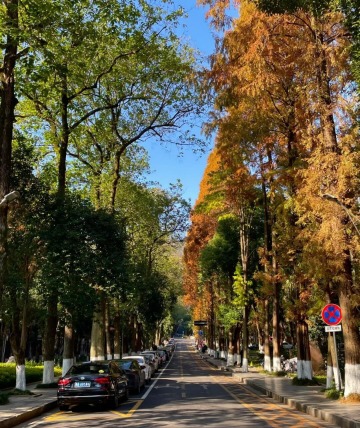
Changsha (长沙)
Changsha has a lot to offer in terms of attractions, like Orange Isle, Yuelu Mountain, Meixi Lake, the Window of the World, and the Hunan Provincial Museum. The food scene here is also amazing, with local favorites like stinky tofu, rice noodles, and roast whole lamb. Definitely a great place for foodies and culture lovers alike.
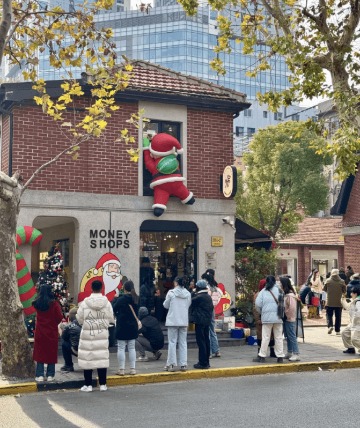
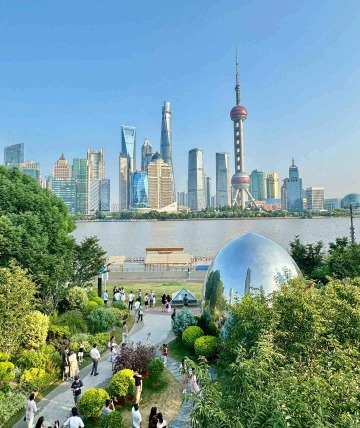
December in Shanghai is all about the festive spirit! With Christmas around the corner, the whole city gets into the holiday mood, with decorations everywhere, from shopping streets to cultural spots. The vibe is cozy and cheerful. Plus, you’ll find plenty of events, exhibitions, and performances happening all over the city throughout the month.
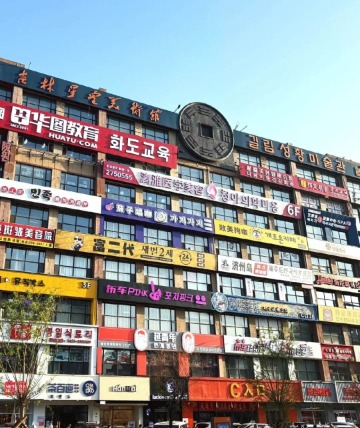
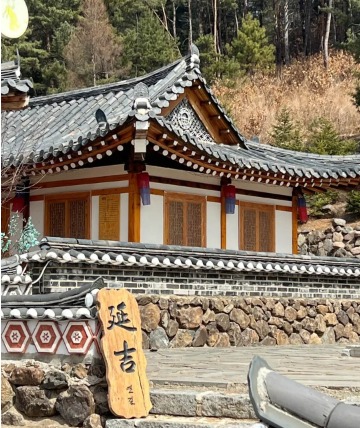
Yanji (延吉)
December in Yanji has mild winter temperatures, ranging from -10°C to 0°C, so you can enjoy the winter fun without having to bundle up too much. Located in Jilin Province in northeast China, Yanji is part of the Yanbian Korean Autonomous Prefecture and is home to China’s largest Korean ethnic population. The city boasts rich Korean culture and has deep cultural ties with North Korea, creating a unique atmosphere that’s definitely worth experiencing.
Summary
When is the best time to go to China? In general, the best months to travel to China are from March to May and October to December. These months allow you to avoid the scorching heat and typhoon risks of the summer (June to September), as well as the cold weather and the travel chaos during the Chinese New Year (January and February).
Additionally, be sure to avoid the six major Chinese holidays listed in this article, as tourist spots will be overcrowded, and traffic jams are common, leading to a poor travel experience.
Of course, while we recommend these ideal times to visit, every month of the year offers its own travel opportunities across different cities in China, all of which have been covered in this article.

